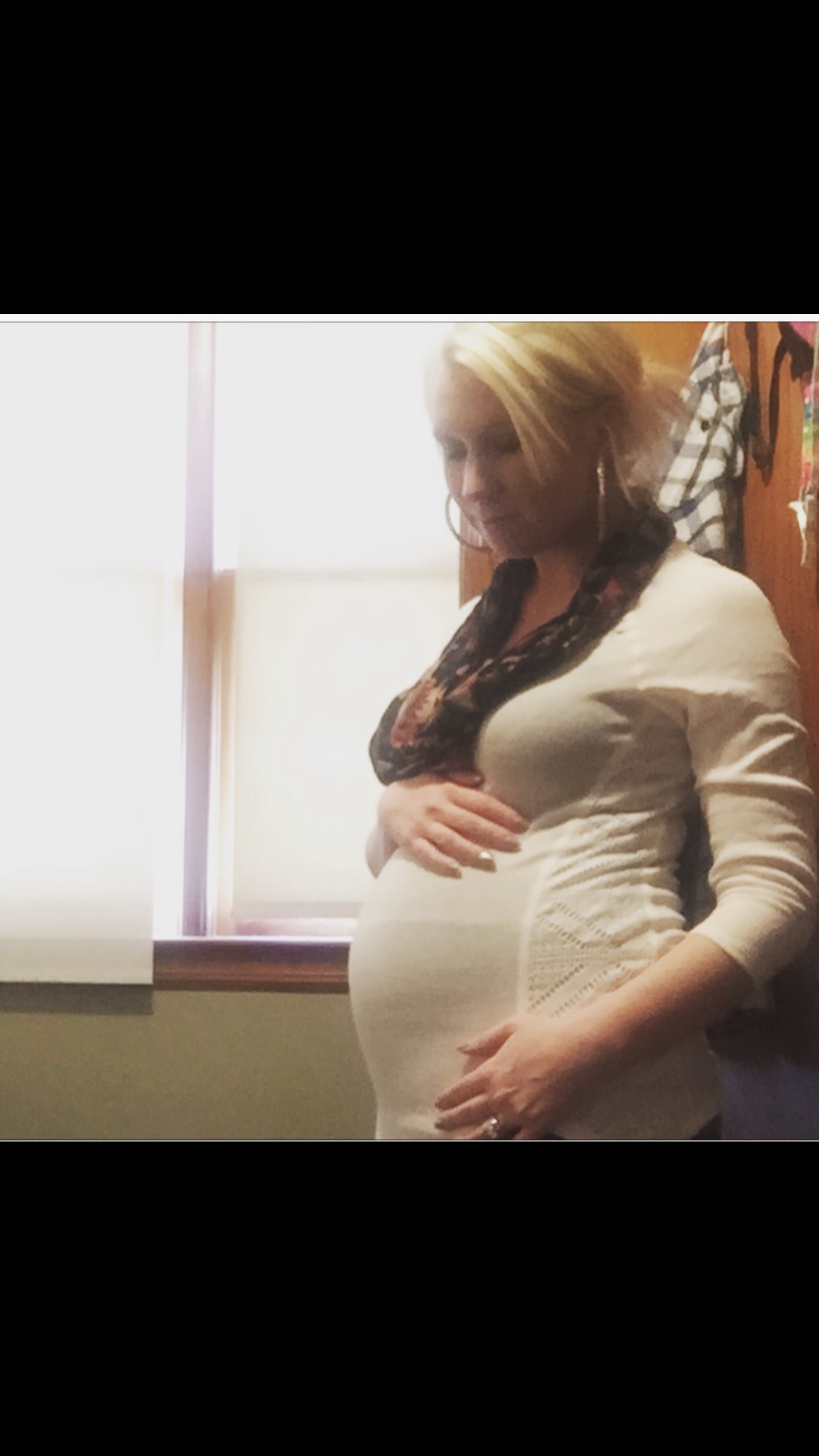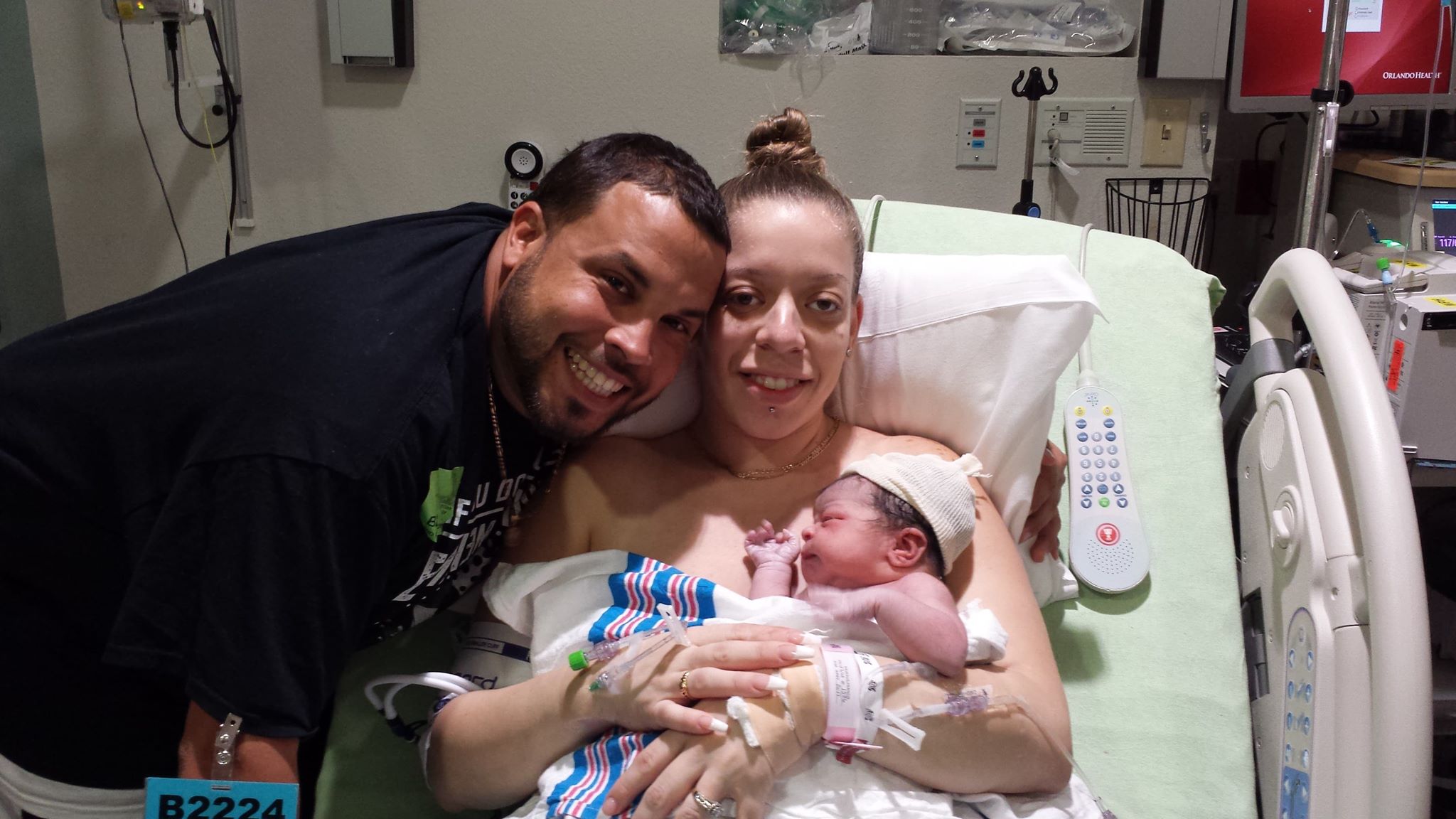Do you ever wonder why people help a total stranger? Do you ask yourself why is it that some people have babies and some who want them cannot? It is sad when these circumstances of infertility happen and a couple feels that they do not have anywhere to turn. Rosie Moore founder of The Gift of Life a nonprofit that supports premature babies and nurse consultant for Windermere Baby and Family knows all too well the struggles that parents who cannot conceive face. Sometimes when the parents are able to conceive, the baby may be born prematurely or the baby is miscarried, these are the heart-wrenching stories that led Rosie to start helping intended parents find a surrogate to carry a baby for them. Miracles do indeed happen, all it takes is unconditional love.
A few weeks ago Becky Kammes, a doula in Wisconsin, shared her moving story about how she gave a couple the gift of a lifetime, the gift of birth!
Read Becky’s touching story as she shares her journey
“I have two children of my own and have been a gestational surrogate twice (working on a third journey currently). Surrogacy is my heart and soul, truly. My intended parents( IP’s) resided on the West Coast and I live in SW Wisconsin. My IPs were quite active during my prenatal appointments through FaceTime. When I turned 20 weeks, they traveled to WI for my 20-week appointment and ultrasound. When it was time for the baby to be delivered, they flew back for the glorious day, the birth of their baby. We had a doula present at the birth to support all of us during the birth process. My IP’s were elated with the idea, so my Doula and Hubby were a sensational birth duo for both of my IPs and myself. The experience went so well, that I am currently working on a sibling journey with them. They have since become our extended family and that makes my heart soar!
This was their first baby and they entrusted me with the entire pregnancy and birth; they continuously told me that I was “the birth baby professional” and they wanted me to be most at ease and comfortable. I reminded them that although I had birthed three babies prior, one of which is a surrogate delivery, THIS moment was THEIRS. This special time was THEIRS. I’m just along for the ride! Everything we discussed, every idea mentioned every suggestion made, was crucial to the process because we all had to agree on it. The five of us were a wonderful team! There was an insatiable cohesive bond that was built without really even trying-it was innate, as silly as that sounds.
Part of the doula’s job is to learn your client’s ‘love language’ as I call it and that was done, to a T! But also, our doula managed to learn my IPs love language in such a short amount of time and didn’t overstep any support boundary in the least bit. There was a strong, energetic bond and everyone, including our nurses and OB, respected that and we ALL conquered the birth as a rockstar unit!
I would love to one day Doula for a surrogate and her IPs. It’s such a profoundly intimate moment-in every aspect of the word and to offer my own experiences and insight to help a fellow surrogate and her family have an exceptional birth experience would be a CHERRY ON MY BIRTH SUNDAE!”
Thank you, Becky, for sharing such a special and personal experience with Windermere Baby and Family
Visit Windermere Baby and Family to learn more about becoming a surrogate and what it entails. We can walk you through the entire process of being someone’s miracle.









